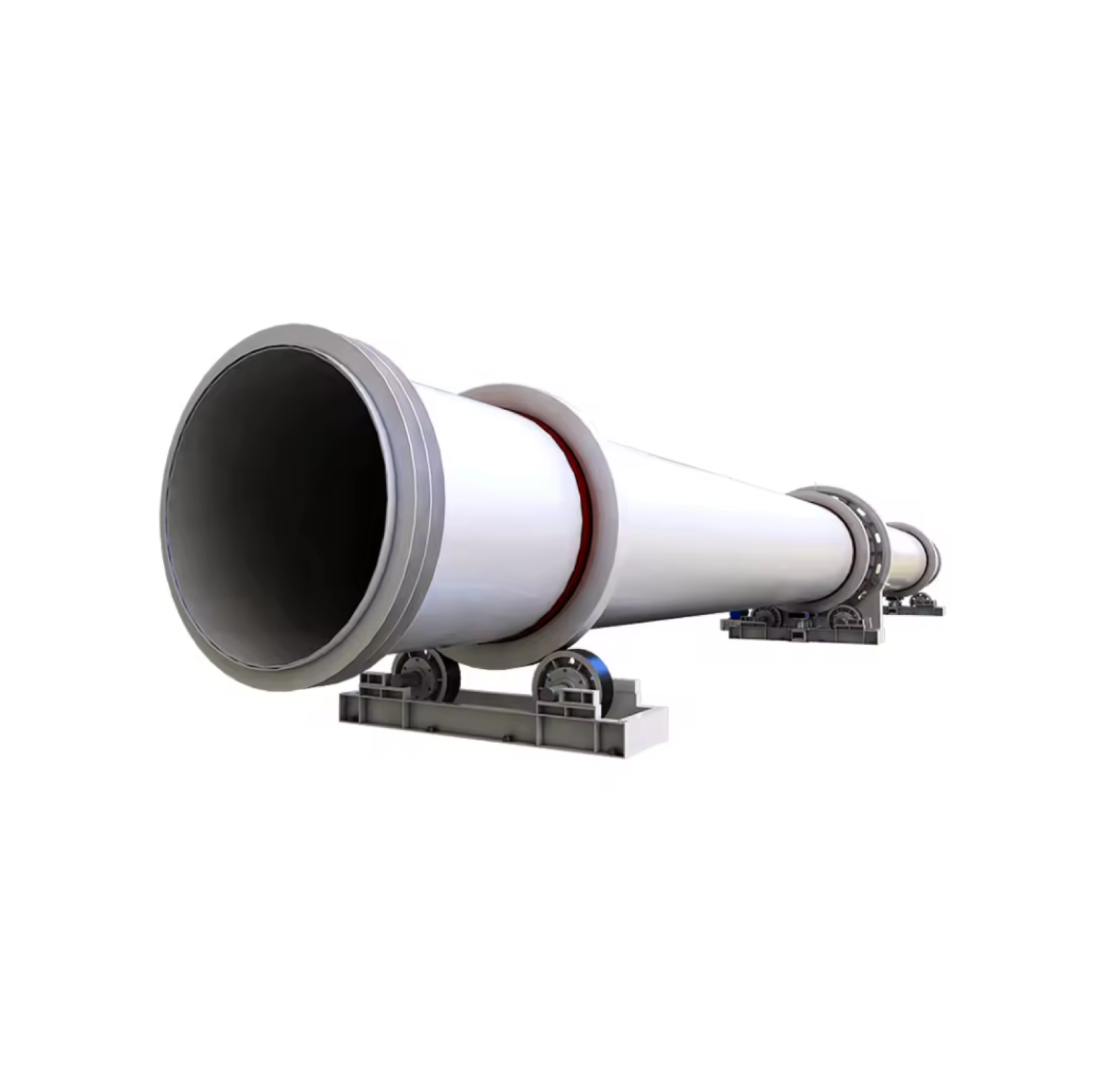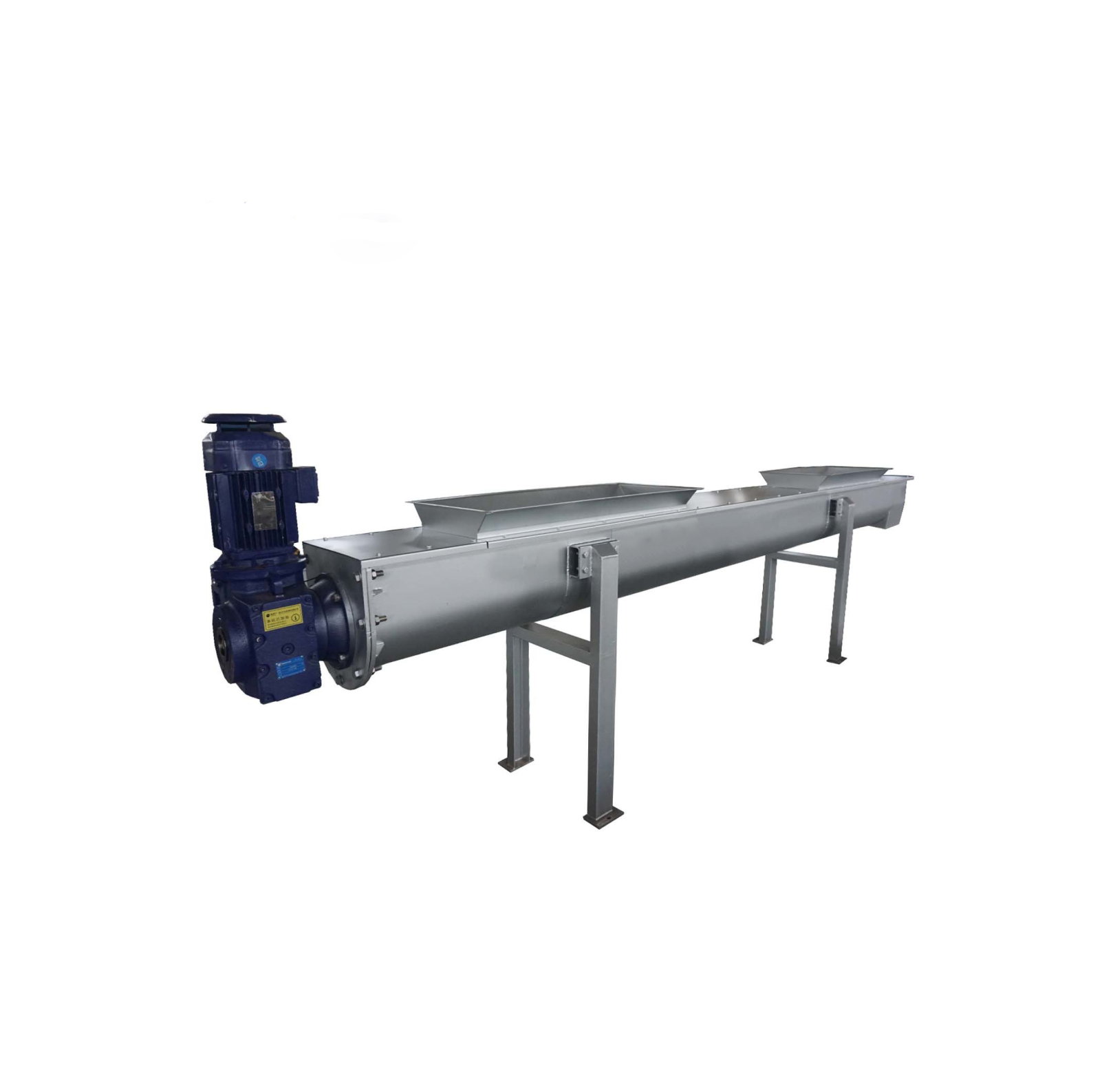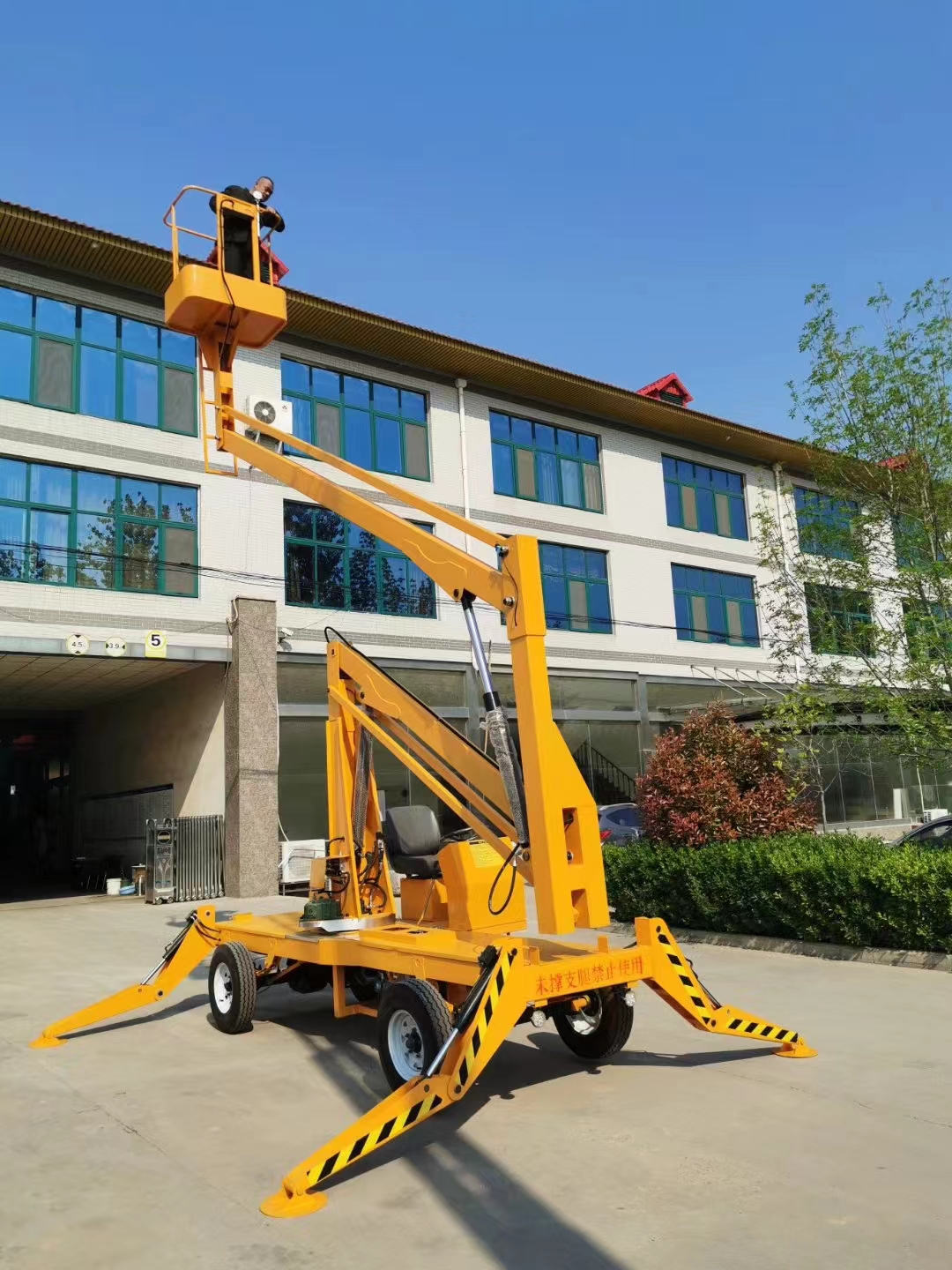
In modern manufacturing and production processes, the role of industrial dryers cannot be ignored. As society pays more attention to environmental protection and energy conservation, the design of this equipment has also undergone important changes. This article will start from the perspective of energy-saving and environmentally friendly design, and deeply explore how industrial dryers can improve production efficiency while reducing the negative impact on the environment.
The energy-saving and environmentally friendly design of industrial dryers can be summarized into several core concepts: advanced heat recovery technology, the use of high-efficiency materials, and the implementation of intelligent control systems.
By implementing heat energy recovery technology, industrial dryers can recycle and utilize the heat energy generated during the drying process, significantly reducing energy consumption. For example, many modern dryers are equipped with heat exchangers that recirculate underutilized hot air, saving significant amounts of energy. This technology can not only increase equipment efficiency by more than 20%, but also significantly reduce operating costs.
When designing new industrial dryers, using high-efficiency materials can improve the insulation and durability of the equipment. These materials not only effectively insulate heat loss, but also have good corrosion resistance during long-term use, which is beneficial to extending the service life of the equipment.
The introduction of intelligent control systems makes the drying process more precise. By monitoring parameters such as temperature and humidity, the system can adjust drying conditions in real time to achieve optimal drying results. This not only improves resource utilization, but also effectively reduces the risk of material damage.
In many industries, the energy-saving and environmentally friendly design of industrial dryers has achieved remarkable results. For example, after a food production company introduced a new dryer, its energy consumption was reduced by 30%, and its production efficiency increased by 15%. These data fully prove the actual value of energy-saving and environmentally friendly design.
To sum up, the energy-saving and environmentally friendly design of industrial dryers not only conforms to the trend of sustainable development, but also brings significant economic benefits to enterprises. In the future, with the continuous development of technology, we expect more innovative and efficient solutions to emerge to provide strong support for the sustainable development of enterprises.





